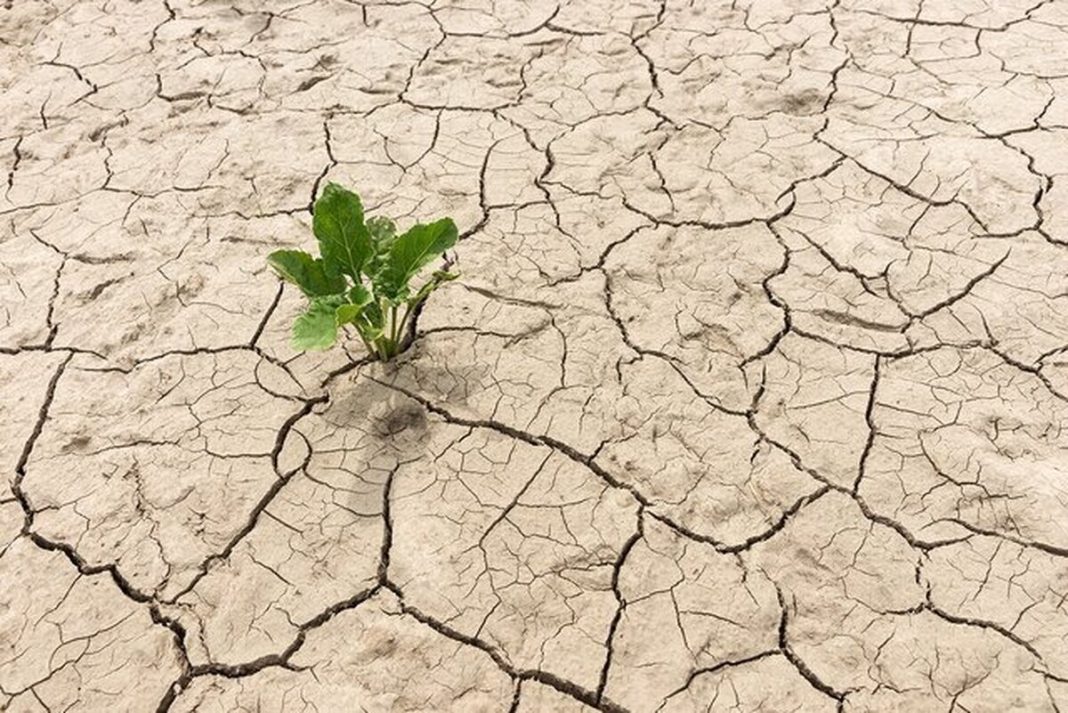Ahad Vazifeh, the head of the National Center for Drought and Crisis Management in Iran, said “In winter, temperatures above normal have been recorded in most parts of the planet and this year will likely be one of the very hot years… and the drought crisis will continue.”
Vazifeh blamed a very strong El Nino, dubbed Super El Nino, for the rising temperatures on the earth during the past eight years, and Iran is among the hardest hit countries on the planet.
The phenomenon is a climate pattern that describes the unusual warming of surface waters and exhibits irregular variation in winds and sea surface temperatures.
The head of the Iranian drought management center said the southern and eastern provinces in the country received lower than average precipitations in 2023.
“Heat, low rainfall and snow drought increase the level of water stress and cause water supply challenges for drinking, agriculture and industry. This year, water needs more management for the central, southeastern to northeastern and southwestern provinces,” he said.
The rate of rainfall in the country has remarkably reduced in recent decades and many provinces have experienced several multi-year droughts.
